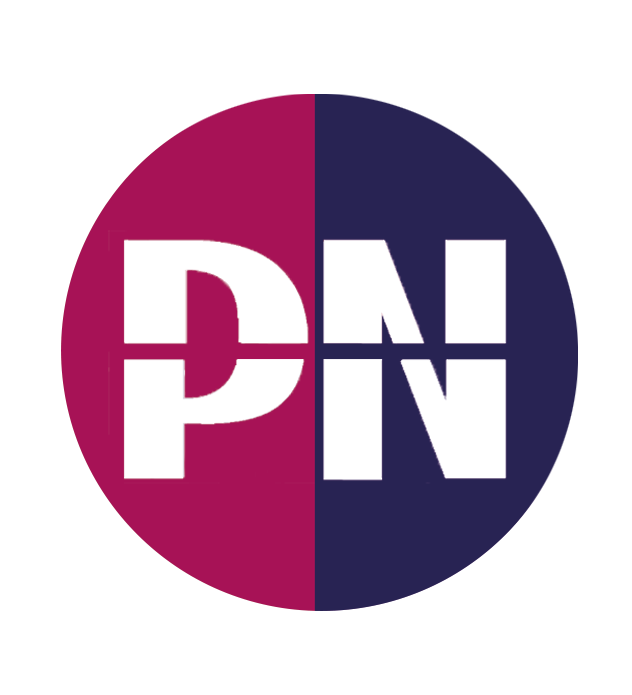Voiceover and dubbing are related but distinct techniques used in the audio-visual industry to convey dialogue or narration in a different language or for various purposes. While both involve replacing or adding audio to a video, they differ in how they are executed and their intended use:
Voiceover:
- Voiceover involves recording a new voice that is overlaid on the original audio, usually while the original audio (such as the dialogue or narration) remains audible underneath. The new voice provides an additional layer of information or explanation to the audience.
- Voiceovers are commonly used in documentaries, educational videos, instructional content, and commercials. They are also employed in animations to provide voices for characters or narrators.
- Voiceovers can be used to convey information, clarify concepts, or provide commentary without replacing the original soundtrack entirely.

Dubbing:
- Dubbing, on the other hand, is the process of replacing the original spoken language (dialogue) in a video with a translated or alternative language while synchronizing the lip movements of the actors on screen.
- Dubbing is most frequently used in foreign language films and television series when they are localized for international audiences. It aims to create a natural illusion that the characters are speaking in the new language, matching lip movements as closely as possible.
- Dubbing requires skilled voice actors to provide new performances that match the tone, emotion, and timing of the original actors.
Conclusion
In summary, while both voiceover and dubbing involve adding or replacing audio in a video, voiceover typically complements the existing audio and is often used for commentary, narration, or additional information. Dubbing, on the other hand, involves replacing the original dialogue with a translated or alternative language while synchronizing it with the lip movements of the actors. The choice between voiceover and dubbing depends on the intended use, context, and the desired level of integration with the original content.






